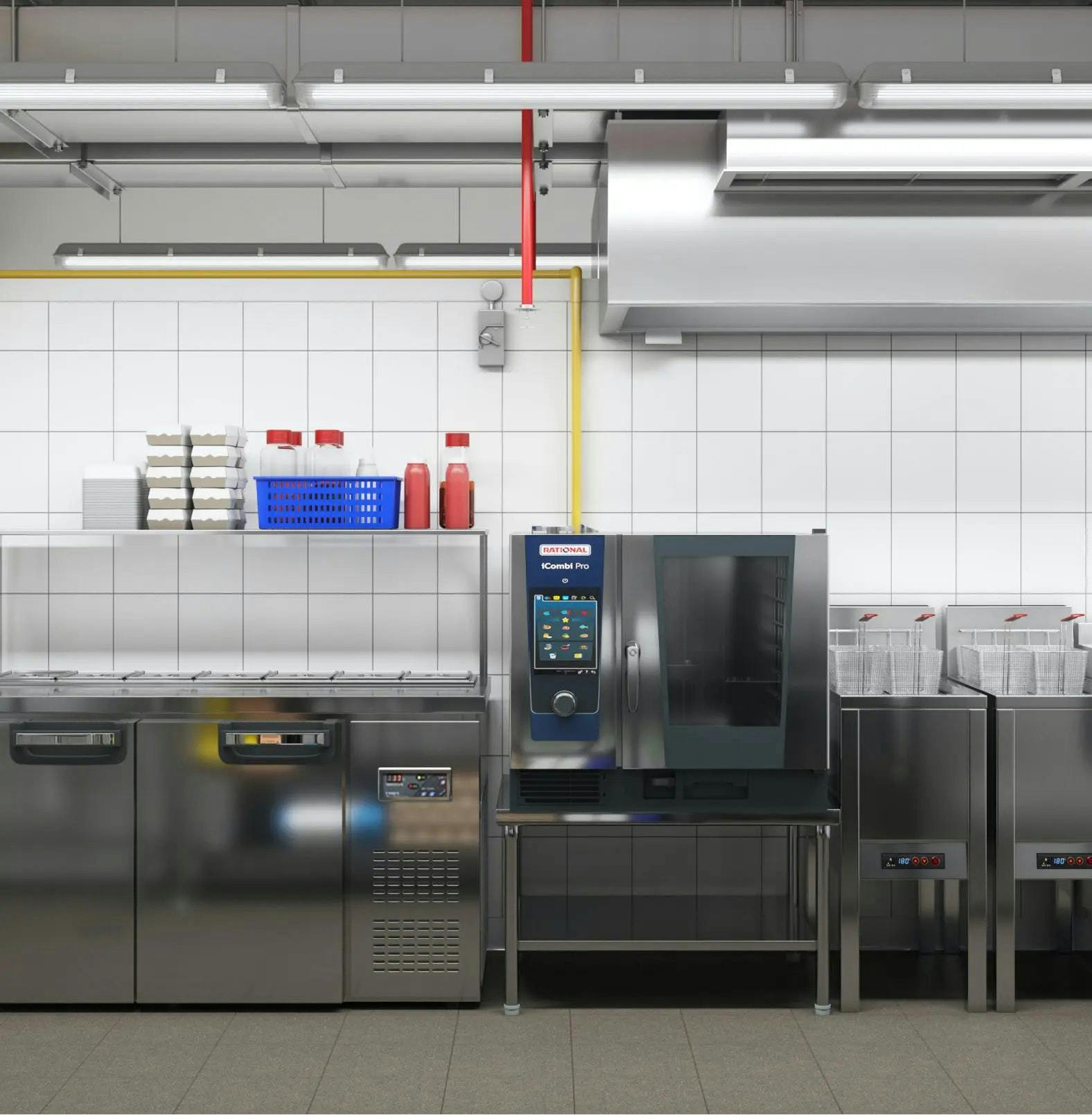Singapore’s online food delivery market is booming and expected to grow by US$523.5 million between 2023 and 2027. Cloud kitchens are a great way for F&B businesses to cater to this demand without the high costs of traditional restaurants. However, running a cloud kitchen is not just about cooking and delivering food. You must also monitor your financial performance, improve your operations, and plan for the future. That’s why it’s important to understand your profit and loss statement (P&L).
A P&L is a financial document summarising your cloud kitchen’s revenues, costs, and expenses for a specific period. It shows how much money you make or lose from your cloud kitchen operations and helps you comply with the tax regulations in Singapore, as you need to file your P&L with the IRAS every year.
Want to learn how to read a P&L for your cloud kitchen? Keep on reading! We’ll also discuss the key components you need to pay attention to to monitor your financial performance, identify areas of improvement, and plan for the future.
Revenue
Revenue, also called sales or turnover, is the total income you generate from selling your food and beverages to your customers. It’s the top line of your P&L, as it represents the money you earn from your cloud kitchen operations.
Your revenue depends on the number of orders you receive and the Average Order Value (AOV). To calculate it, multiply the two factors. For example, if you receive 100 orders in a month with an AOV of S$15, your revenue is S$1,500. Factors like menu, pricing, marketing, customer service, and delivery platforms can influence your revenue. You can increase this by attracting more customers, increasing your AOV, or expanding your delivery radius.
Cost of goods sold (COGS)
Next in your P&L is COGS, also known as cost of sales or direct costs, which is the total money you spend on your good’s ingredients, packaging, and delivery fees. It’s the sum of all the costs of making your food and beverages, such as raw materials, spices, sauces, containers, bags, and delivery charges.
Compute your COGS by adding up all these expenses. If you spend S$500 on ingredients, S$100 on packaging, and S$200 on delivery fees in a month, then your COGS is S$800. Like revenue, your COGS is influenced by multiple variables, including your suppliers, inventory management, and waste reduction. You can reduce your COGS by negotiating better prices with suppliers, optimising inventory levels, standardising recipes, and minimising food waste.
Gross profit
After subtracting your COGS from your revenue, you get your gross profit, which is the difference between your income and direct costs. It’s also called gross margin or gross income. Your gross profit is the second line of your P&L, as it exhibits the money you make from your cloud kitchen operations before paying your overheads and administrative costs.
Your gross profit depends on your revenue and COGS. Identify your gross profit by subtracting your COGS from your revenue. Let’s say your revenue is S$1,500, and your COGS is S$800. That means your gross profit is S$700. Increasing your revenue and/or reducing your COGS can help improve your gross profit.
Operating expenses
The third thing to review in your P&L is your operating expenses, which are the overhead and administrative costs of running your cloud kitchen. They’re also called indirect or fixed costs and typically include rent, utilities, salaries, insurance, marketing, accounting, and legal fees.
For instance, if you pay S$300 for rent, S$100 for utilities, S$500 for salaries, S$50 for insurance, S$100 for marketing, $50 for accounting, and S$50 for legal fees in a month, your operating expenses are S$1,150. Location, size, staff, equipment, and contracts are the common components affecting operating expenses for a dark kitchen business. To reduce these, choose a cheaper or smaller location, outsource or automate tasks, or renegotiate contracts.
Net profit
The last thing to monitor in your P&L is your net profit, which is the money you keep after paying all your expenses. Also called net income, net margin, or bottom line, this is the final line of your P&L, as it’s the income you keep after paying all your expenses.
Your gross profit and operating expenses determine your net profit. To calculate it, subtract your operating expenses from your gross profit. If your gross profit is S$700 and your operating expenses are S$1,150, your net profit is -S$450, which means you’re losing money from your cloud kitchen operations. Boosting your net profit is about maximising your gross profit and minimising your operating expenses.
Utilise your P&L to grow Your cloud kitchen business in Singapore
A P&L statement helps measure and improve your cloud kitchen’s financial performance. By analysing its different components, you can identify the strengths and weaknesses of your business and optimise your overall revenue, costs, and expenses.
However, creating and managing a P&L statement can be difficult, especially if you’re not an expert in accounting or finance. That’s why you need Smart City Kitchens to help you simplify and automate this task. Smart City Kitchens provides everything you need to run and grow your cloud kitchen business in Singapore, including a fully equipped kitchen space, an online ordering system, and a dashboard that tracks and analyses your key financial metrics.
With Smart City Kitchens, you can access your P&L statement anytime and anywhere, and get real-time insights and tips on improving your profitability. Don’t miss this opportunity to take your cloud kitchen to the next level. Contact us now or request a quote to get started with Smart City Kitchens!
